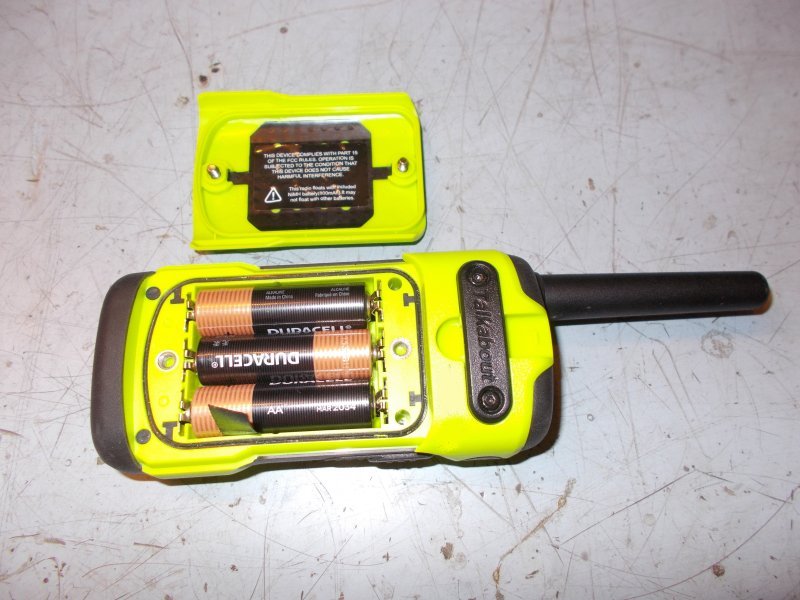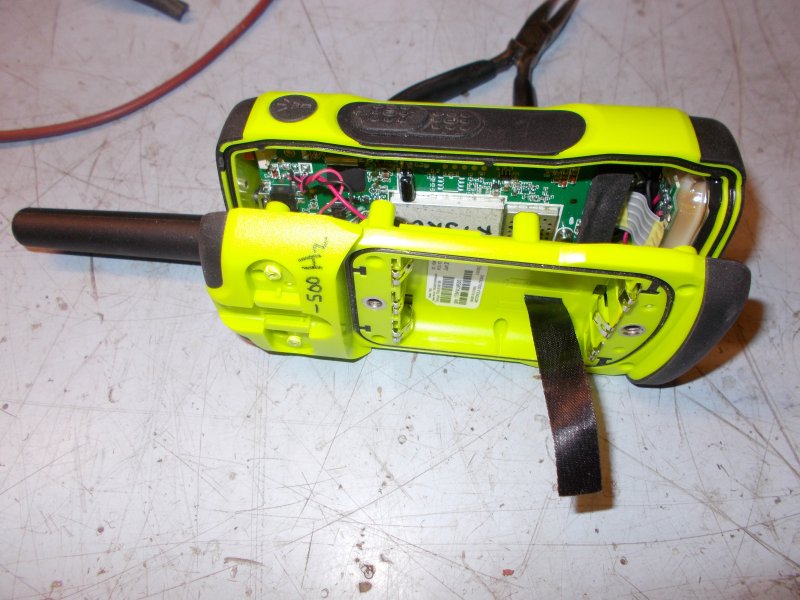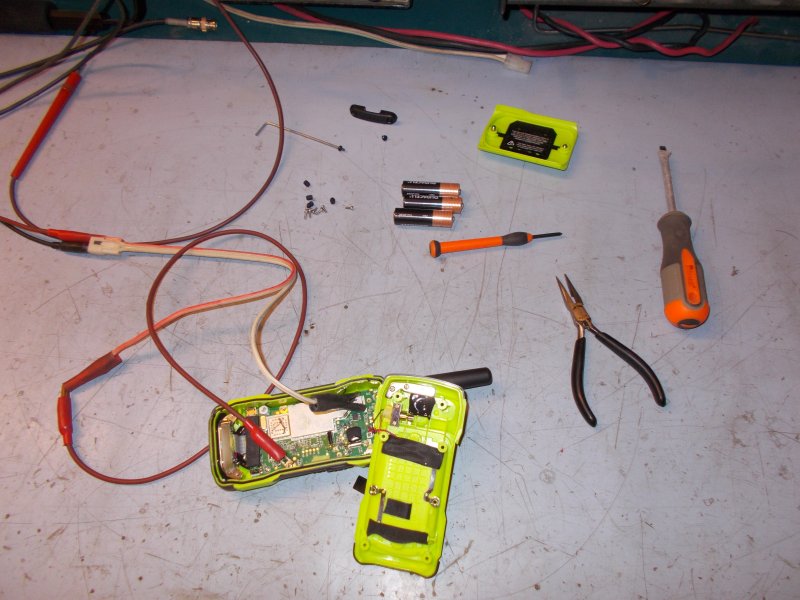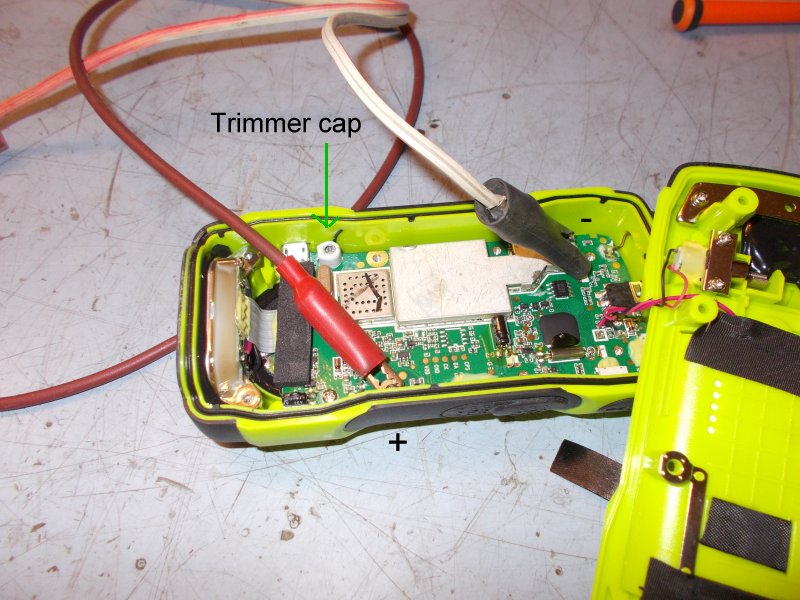This article may be copied in complete form only. For other arrangements please contact the Author.
![[SRG home Direction]](images/srghome.gif)
Introduction
FRS / GMRS radios are common with amateur and non-amateur folks alike. It's a service in the 462 MHz band requiring a license for the GMRS section of that band however not for FRS. Therefore, the latter is very common for families to keep in touch especially in the outdoors for any season. The Author uses this type of radio to keep in touch with snowmobile buds in the general area. These radios transmit low power therefore, the range is limited to around a mile. More if line-of-site.
The Author uses the Motorola T600 "talkabout" model. It's fairly good quality for the (alleged) out source of China made. In one case, one of the two radios purchase was off frequency on transmit by 600 Hz. Therefore, the Author aligned both radios for being on-frequency (on channel). Reminder; for the GMRS frequencies you need a commercial class tech license to perform this maintenance. During test and measurement, when it's on tone coded squelch (CTCSS) when a proper decode opens the squelch and the received signal fades or goes out completely the receiver remains on carrier squelch for about 6 seconds before returning to tone (coded) squelch. This most likely is to compensate for weak, fading reception.
Access for this task is by first, removing the rear battery compartment cover. Then there are eight very small phillups screws to remove. Four of them are under a rubber plug. Two of that are under the strap "bar". Remove the two hex head screws for that.

Carefully pry the back cover off and lay to one side.

To power the unit for alignment clip on the positive and negative areas on the PCB with 4.5 volts DC. To aid in the task, install one of the screws in the positive hole of the PCB to give something for the clip to grasp. The negative lead can be grasped on the shield upper section as shown here.

Fortunately, the reference base frequency is adjustable with a nice, large trimmer capacitor in the lower left section.

In case you need the user manual it's provided here. the print is rather small. This article may be copied in complete form only. For other arrangements please contact the Author.
![[SRG home Direction]](images/srghome.gif)